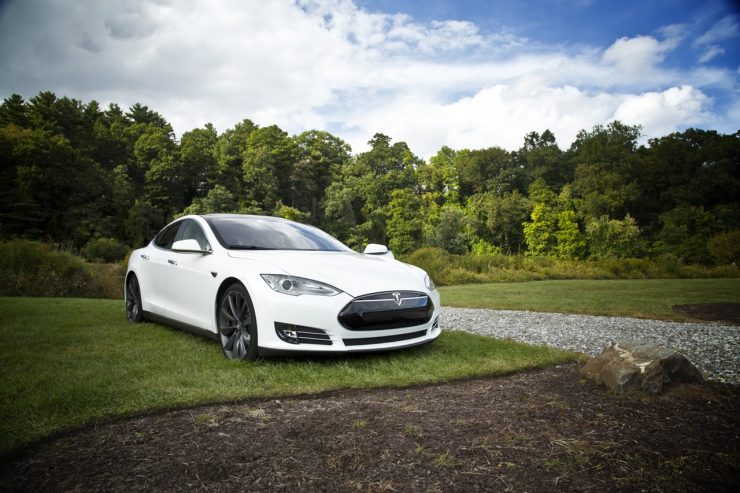In the last 100 years, we’ve gone from riding on a horse and cart to having a brand new car (or two) sitting in the driveway.
Car technology is evolving at an exponential rate and there are some huge changes coming our way in the next 10 years.
So what can we expect in 10 years time?
Driverless Technology
Elon Musk and Tesla are leading the charge in autonomous driving technology. Musk plans to have cars that drive themselves in the near future and there are many places in the world where they are already testing the technology.
Many tech companies, including Uber, are already going down the path of trying to build their own tech that will drive their cars for them and render humans obsolete.
However, the more likely first stepping stone is driver assist type tech, that works in a similar fashion to cruise control when you’re on the open road. You’ll still be required to manually control a car in tight spaces and in locations that aren’t optimal for driving. However, if you’re in need of some rest when you’re taking a long road trip – this might just be a distinct possibility.
Driverless tech has huge implications especially in the world of long-haul trucking, where the vast amount of driving is on the open road.
There’s still going to be a lot of legal groundwork to be put in place, so don’t expect this to come about overnight, but driverless tech is coming and it will be here sooner rather than later.
Not owning a car
Companies like Uber foresee a future where we don’t actually own our cars anymore. If we need to get somewhere we simply use our smartphone to book a ride and it comes to us. No drivers will be needed and as such a huge cost of running the car will be reduced.
And even better we won’t have to worry about parking.
Again this is very much a possibility but will need to driverless technology to improve to the point that drivers are no longer needed.
Until that time you’re still going to need to keep paying that yearly car registration.
Electric Cars
Electric cars are slowly finding their way onto the market in Australia and around the world. However, the vast majority of these electrics are effectively hybrids that use both electric and traditional fuel sources.
Electric cars are good in theory but still, suffer a few problems in their implementation. The first key issue that needs to be overcome is battery life.
At this point in our history batteries aren’t at the point where they can hold enough charge to allow us to use an electric car for long periods. Most electrics need to be recharged every 80 kilometres and if you’re ever driven anywhere in the country, you’d know that you’re going to need a lot more distance than that to be viable.
Electrics are also significantly less powerful than traditional fuel source vehicles. This is especially important when thinking about trucks that need to pull heavy loads for long periods of time.
Not only does the battery tech need to improve, but we also need to see vast improvements in the infrastructure to support electric cars. Currently in Australia, for the most part, we see the occasional charging bay at a shopping centre or in an above-ground car park.
For electrics to become mainstream, we need to have charging points at virtually every car bay both privately and on the streets. Service stations will also have to be converted to allow for rapid recharging. Which is another issue to consider. The time it takes to recharge a battery is far longer than simply refuelling.
Car Insurance
With the increase in technology to assist drivers and ultimately remove them, that poses the question – what happens to car insurance?
It’s been suggested that car insurance premiums will be incredibly high for drivers that aren’t using technology in their cars.
The reality is that while we might feel unsafe taking a car that is run only by computer, in the long run, it’s going to completely remove human error. A factor that is attributed to the vast majority of accidents on the road.
So theoretically, if you’re using these types of driver assist technology, you’re going to be at far lower risk of getting into an accident and as such your premiums will be lower.
The only question we have to ask is just how much of a difference this is going to make to premiums levels and if driving yourself will actually even be worth it in the future.















Add comment